The recently closed exhibition “CONTROL,” a collaboration between the well-known contemporary art space Catinca Tabacaru Gallery, and what is among the most active public institutions in Bucharest, Goethe Institute, ticked a critical box of our current global cultural policy: the non-normative identity. Whether feminist, or coming from the cognitive spectrum of other organisms, the theme of the exhibition explored the way such identity manifests itself under systems of control, defined by the physical element of the boundary, and coined by the same so-called normative.
In addition to this thematic algorithm built around different definitions of identity, the exhibition’s curators, Catinca Tăbăcaru and Raphael Guilbert, seem to have applied a systemic unity to their choices. Aside from their gender, the seven artists are connected by a certain fluidity, or detachment from a defined nationalist identity. With the exception of Agnieszka Mastalerz, the other six artists live and work in countries other than where they were born. The migration is one from the periphery towards cultural centers. But, more so, from spaces where authoritarianism and systematized control are very recent history. It can be assumed these artists are authors who understand differentiation of many kinds.
The exhibition itself has a multimedia approach with artworks belonging to most of the known genres: from painting and sculpture, to new media video and photography, and even the craft field. The themes found here similarly follow a logarithm, from the biological body, alive in the materiality of its tissues, to the social one, abstracted and politicized. Bodies that are both fragile and porous, confronted with limits represented as boundaries that are simultaneously fluid and indissoluble.
Two positions become visible in the approaches taken by these seven artists: one of the naturalist, defined by curiosity towards the holistic system of the living world; and one of a social agent, defined by action. The former manifests itself in the midst of the phenomenological active experience, through which subjects discover their agency. The latter is represented in the matrix of all experiences – the center were facts that custom themselves as objective and scientific are reported, while being aware of the intuitive and sensitive ways of different cognitive systems, by the sum of their parts.
The artistic strategy in most works here is to conceive the artifact as a discursive platform for our current societal issues. It involves a horizontalization of actions, a model of collective effort that is opposed to the vertical structure inherent to dynamics of power. The exhibition feels like a lateral circuit from one social issue to another.
In five ceramic works reminiscent of termite mounds, Chiedza Pasipanodya addresses the culture of nature – one studied in science, speculatively represented in fiction, and here staged like in a natural history museum. From a perspective of collective organization, termites, same as bees, are categorized as eusocial organisms. This places them, unlike us, social organisms, a step further on a scale of functionality as a whole, the role they will occupy in society being inscribed in their DNA.
The androgynous, anthropomorphic figure of Nona Inescu’s sculptural installation is, on first impression, an allegorical representation of an embrace. Upon closer inspection of this body as a metal grid, the organicity of the thistles, inefficiently contained by the hard structure of the inorganic metal, seems to speak of the metastable fragility of any biological organism, constrained by the entropy of the environment and time. The work functions as an installation that is both gynomorphic and geomorphic.
The silkworm cocoons used by Monica Mays in both her freestanding and wall sculptures, remind us of a similar objectification of the body. Presenting them in a precise geometric form, we are reminded of a central element of Modernism which brings with it the autonomy of the artistic act. Contrasting with formal rigor, the works are defined by textural opulence. Constructed with a ritualistic sense of materials, in a Beuys-like manner, they rely on the reflex reactions rare commodities offer the viewer.
In the video and photographic installation of Agnieszka Mastalerz, made in a Polish orchid factory, the claustrophobic macro-shot of the plants enwraps viewers, inducing a sense of disorientation. The work springboards from the idea of a magic spell being an act of control of someone’s agency, holding it just like the rhizomic roots of the orchid. So, it speaks of process like ramifications, of suspended connections which branch out like a tree or, rather, like a weed. Perhaps the life of any organism is a matter of mutative growth of this sort, through endless connection and disconnections, in a holistically commodified world.
If in all of the above it was about systems that start from other realities than the ones of vertebrates, what follows focuses on ones related to the most famous representative of the class, the human being. In the staged photographs of Oana Stanciu, the postures of a feminist transitivity are treated similar to a queer identity typology. I mean those slippery postures of non-normativity, of transvestism, caricaturing or desublimating norms and conventions. More an opinion about something than a stable, conforming identity.
The paintings made by Najaax Harun narrate tragic, and violent stories of the post- Somaliland Independence War. They are treated in the typical style of early modernism, ironically one of the isms that exercised a type of colonial power in cultural domain.
In our current world, where even experiences are instrumentalized in order to be controlled by the market, Rachel Monosov constructs, with the video Freedom in the Clouds, a biographical story in magical realism vein, where the focus is on the relationship between the body identity and the nation-state. The film indicates a social world where private space often seems obscenely exposed, and the public one has almost collapsed. It speaks in a melancholic language fixed on the disruptive and implicitly traumatic events of depending on an identity.
All this takes dealing with “CONTROL” make us more aware of the ways in which the exercise of subscribing to positions of power, often leads subjects to internalize systems of prohibition and coercion and thereby reproduce themselves as willing subjects of disciplinary force, as in a true Panopticon 2.0. All these artists react in particular ways, against encapsulations of any kind(s), that historically have defined most of the human societies. Coercive control is seen as a one-way vector, belonging to the hegemonic normative, its development and applicability always unfolding vertically, exclusively from top to bottom.
POSTED BY
Horațiu Lipot
Horațiu Lipot (b. 1989, Alba Iulia) is a curator and cultural journalist. As of 2021, he works as an independent curator, collaborating with venues either from the ON or OFF art- scene in Bucharest, ...


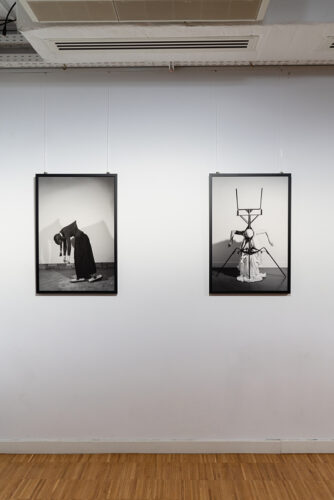
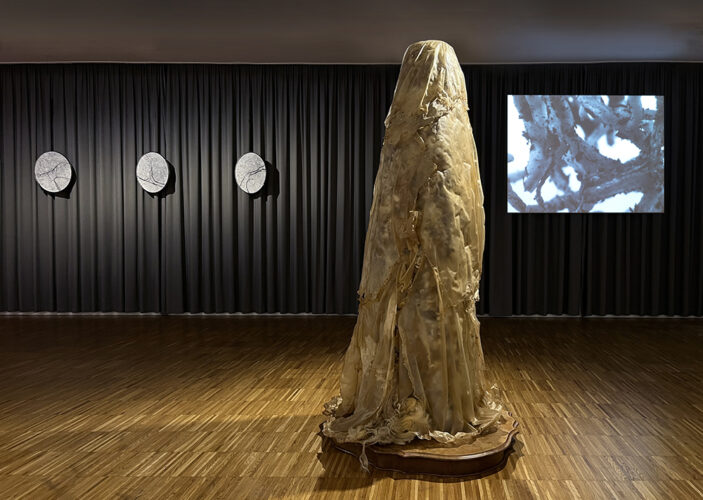
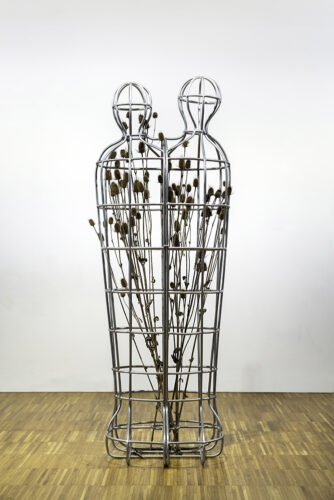
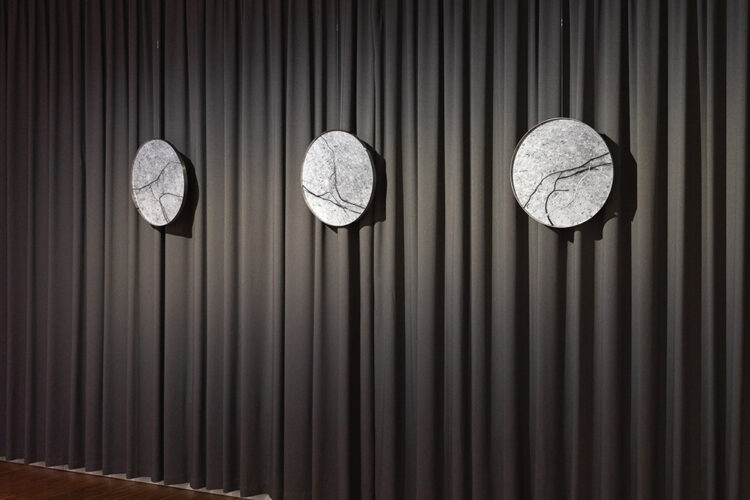
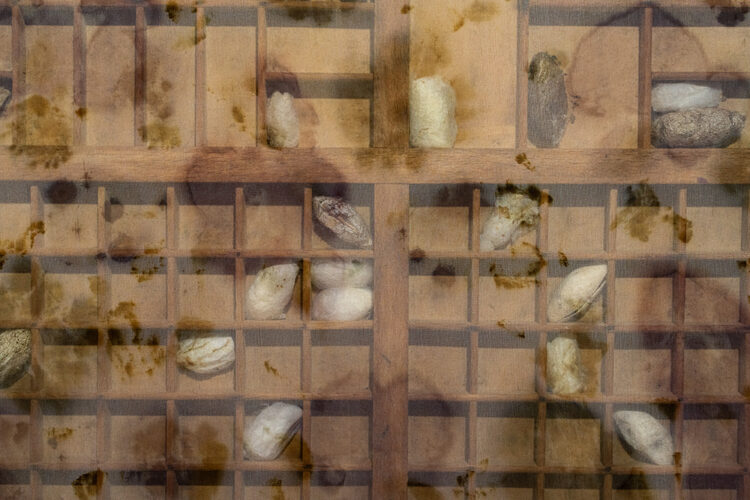
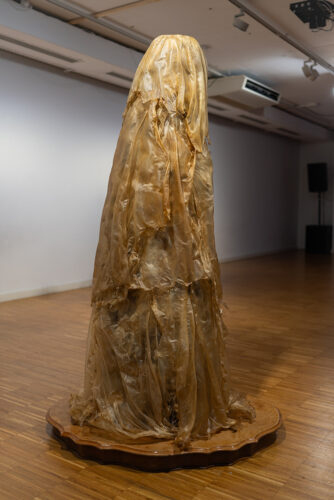
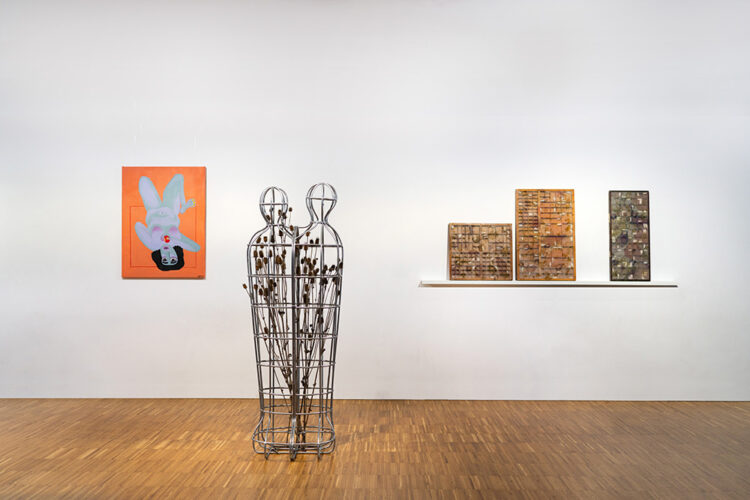
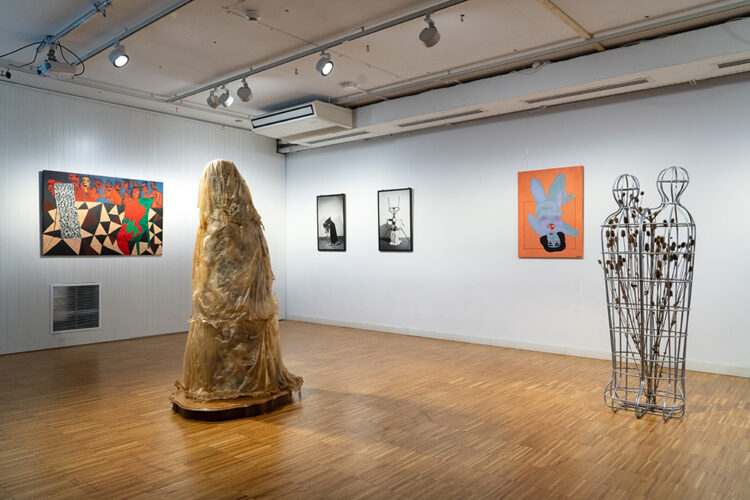
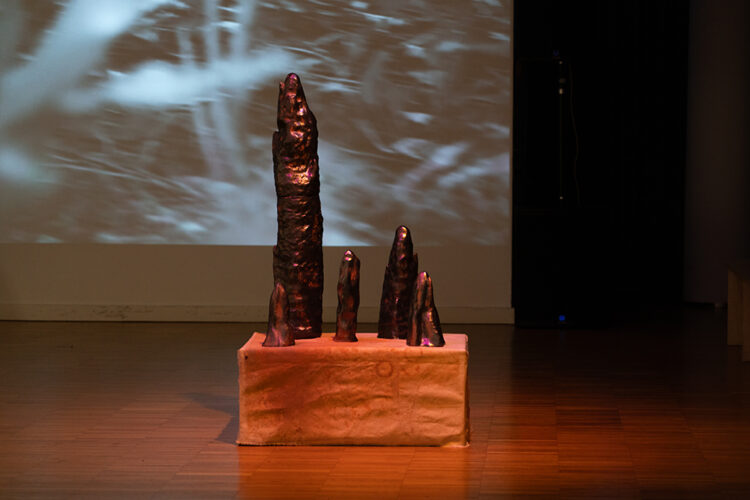
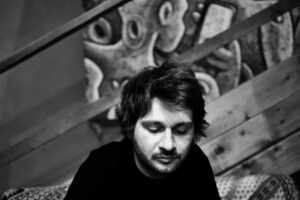
Comments are closed here.